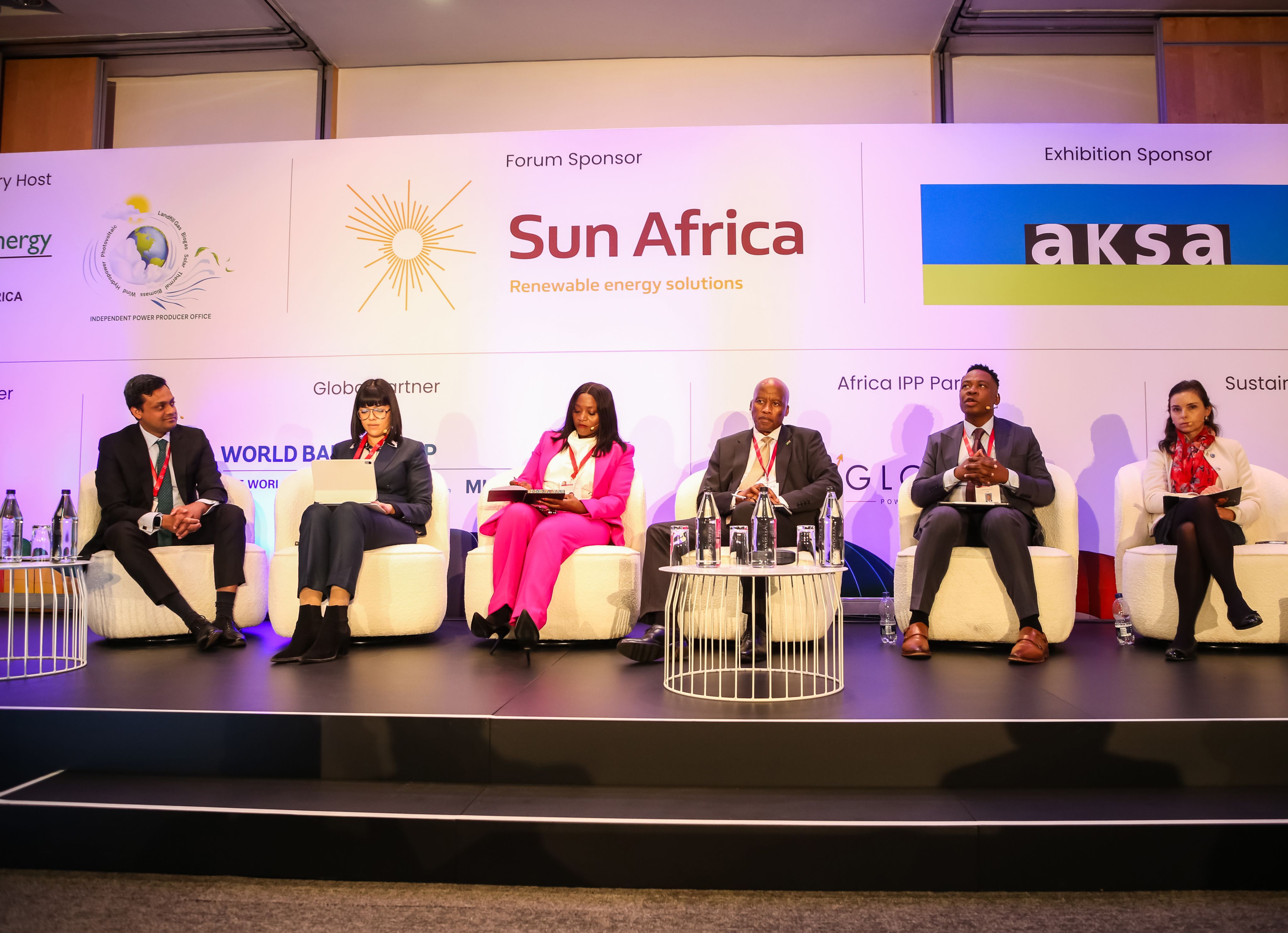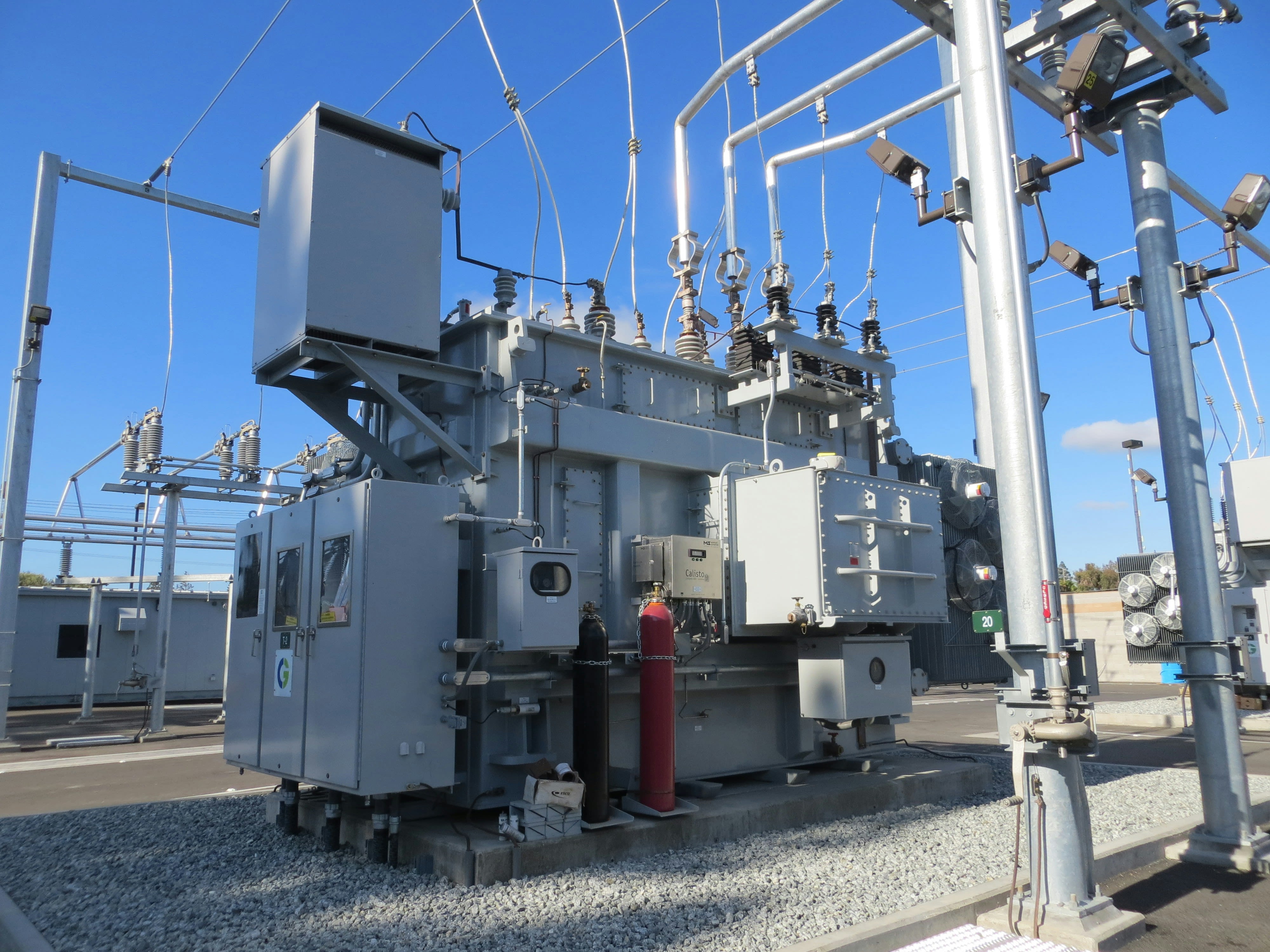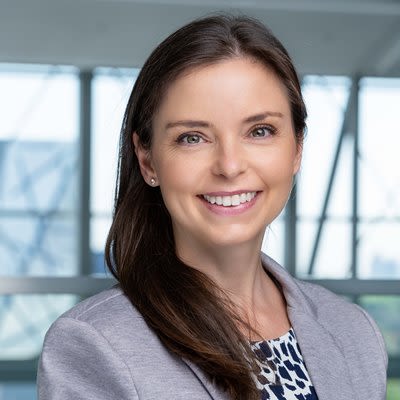
The proposed Independent Transmission Projects (ITP) Programme will play a major role in achieving this generation goal, with the government positioning it as a cornerstone in achieving its economic growth target of 5% as outlined in the National Development Plan (NDP).
South Africa stands at a critical crossroads where its economic recovery and clean energy ambitions hang in the balance due to a severely constrained electricity grid. The country must build an unprecedented 14 000 kilometres of new transmission lines in the next decade in order to accommodate an additional 53 GW of generation capacity.
The proposed Independent Transmission Projects (ITP)Programmewill play a major role in achieving this generation goal, with the government positioning it as a cornerstone in achieving its economic growth target of 5% as outlined in the National Development Plan (NDP).
Given the extensive capital requirements for transmission network development, a single funding source proves insufficient, making a diversified approach utilising multiple capital sources, with commercial banks serving as facilitators, potentially the most advantageous solution.
Vincenzia Leitich, Executive: Energy & Infrastructure at Standard Bank, said they will review the Request For Proposals (RFP) documents and the risk allocation within the transmission services agreement. “Very importantly, we’ll review the Credit Guarantee Vehicle (CGV), which will be key, and we’ll provide input on what is or isn’t bankable or how to get the best funding, depending on what the CGV looks like,” she said.
Vincenzia Leitich, Executive: Energy & Infrastructure at Standard Bank
Vincenzia Leitich, Executive: Energy & Infrastructure at Standard Bank
Leitich was speaking during a panel discussion on South Africa’s Independent Transmission Projects – Unleashing the Potential at the Africa Energy Forum in June. She was joined on stage by Shaakira Karolia - Adviser to the Ministry of Electricity & Energy, Lena Mangondo - Head of Legal Department at the Independent Power Producer Procurement Programme Office, Segomoco Scheppers - Interim CEO of the National Transmission Company South Africa and Mpho Mokwele - Group Executive Transacting at the Development Bank of Southern Africa.
As one of Africa’s largest financial institutions, Standard Bank is bringing its extensive experience in energy and infrastructure financing to the ITP Programme. Leitich highlighted that the bank’s approach goes beyond simply providing capital.
“Our role extends to collaboration, risk identification, and ensuring proper structuring of debt and frameworks,” she explained. “We’re leveraging our experience from the Renewable Energy Independent Power Producer Procurement Programme (REIPPPP) to help create commercially viable models for transmission infrastructure.”

Building on global best practices
When looking at how to approach the ITP from a lending perspective, Leitich said that the Build-Operate-Transfer (BOT) and Build-Own-Operate-Transfer (BOOT) frameworks, which have been successful in Brazil and Peru, could work in South Africa if they are adapted to meet the country’s needs.
“Both structures could work, depending on whether the risks, like the tariff revenue structure, are addressed in both of them. We’d also need to look at what the CGV looks like, as well as the risk allocation and transmission service agreement.”
Lena Mangondo - Head of Legal Department at the Independent Power Producer Procurement Programme Office - also emphasised the need to adapt these frameworks to a South African Context. “One thing we’ve learned is you can’t take what’s happened elsewhere in the world and adopt a cookie-cutter approach. It doesn’t work,” Mangondo said.
“When we started the REIPPPP, there was a ‘refit’ that was the buzzword globally at that point. We really took time to understand REIPPPP and what the challenges and opportunities were. We then looked at how we could design a program that was specific to South Africa, that took into account our own South African context and that we could achieve tangible outcomes. That is again the approach we’re taking with the ITP process.”
Challenges and the path forward
Despite the promising framework, significant challenges remain. These include securing rights of way for transmission routes, addressing supply chain bottlenecks for critical components, and ensuring appropriate tariff structures that balance investor returns with affordability for consumers. Ensuring a robust pipeline of projects will also be a crucial hurdle that will need to be overcome.
“We need a robust pipeline of projects that go beyond phase one. What you don’t want to do is implement phase one of the programme, and then have a start and stop. It needs to be a continuous programme that is sustainable, and then you can have economies of scale in the market and adopt a programmatic approach,” said Mpho Mokwele, Group Executive Transacting at the Development Bank of Southern Africa.
Shaakira Karolia - Adviser to the Ministry of Electricity & Energy said that accountability and transparency would play a big role in ensuring the success of the ITP.
“Transparency, credibility and predictability will play a critical role in ensuring the programme works. That’s very important. So is giving the market confidence in the program going forward and ensuring the requisite evolution of our regulatory framework. I mentioned Brazil as an example, and how they evolved over 10 years or more. So it’s important that, as we roll out this program that we also consider those lessons,” she said.
With the public consultation period now closed, the Department of Electricity and Energy has begun reviewing all the submissions received with a Pre-Qualification Tender (RFQ) expected by the end of July 2025.
Leitich said that it was important for those looking to get involved in the project to go through all the ITP documents and ask for support early.
“Start looking at the documents early and start having conversations to address any concerns that they might have, so that they are dealt with and their needs are met for them to participate in the programme,” she said.

Click HERE to read more insights from Standard Bank about the ITP
Read more stories like this on Standard Bank’s Sustainable Impact hub below.
Sustainable Impact Season 2

Sustainable Impact Season 1




